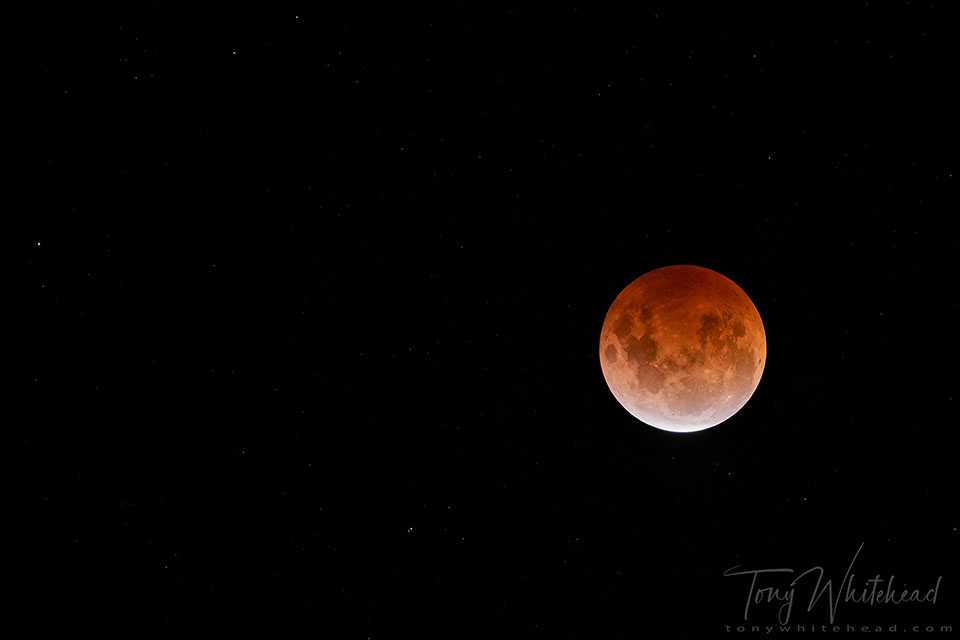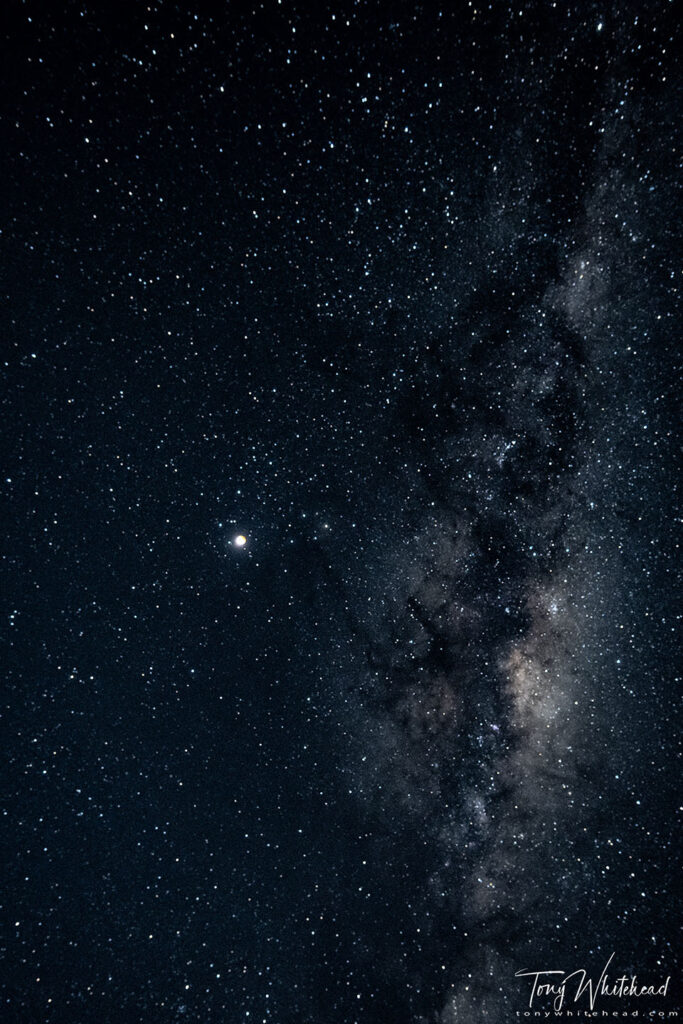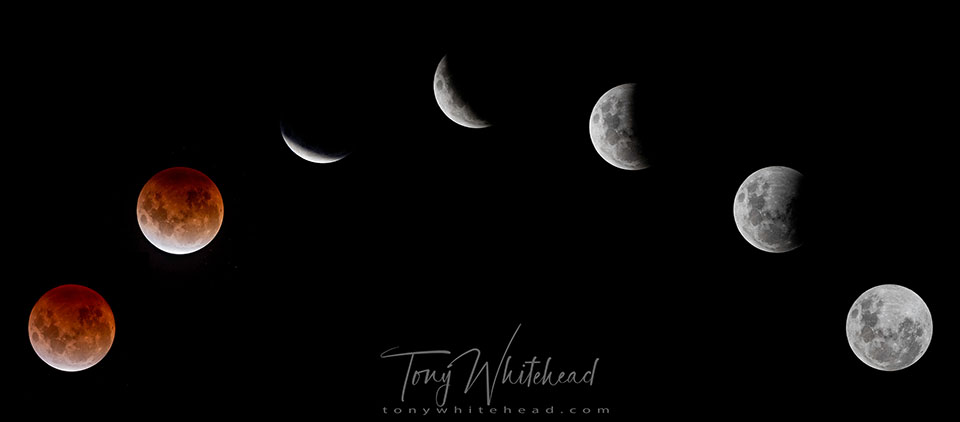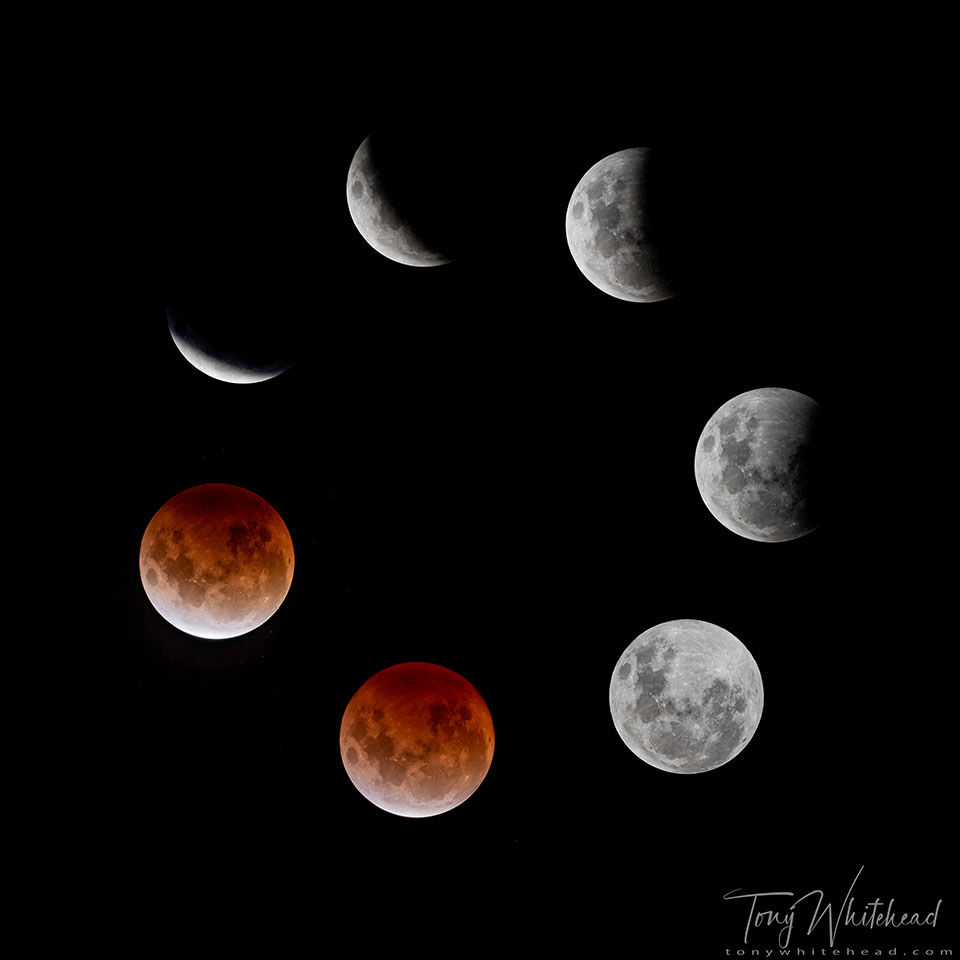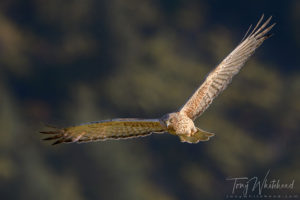Wednesday 26 May saw a rare total lunar eclipse of a super-moon. A super-moon is when the moon is at perigee in its elliptic orbit and thus closest to the earth. It appears approximately 12% larger than when at apogee. That in itself makes for an impressive full moon but when combined with a total eclipse it triggers media headlines like “Super Blood Moon” and achieves mainstream media coverage.
Conditions on the night were absolutely perfect with completely clear skies. This brought cold temperatures but nothing too uncomfortable for a sheltered back yard session. The last time I had photographed a lunar eclipse was in Tekapo in 2015 when conditions hadn’t been quite as good but still allowed some reasonable photos.
Despite understanding the physics of the phenomenon it remains strangely moving to see the huge bright moon consumed by the shadow of the earth with the Milky Way lighting up in the dark. Staring up into arch of the Milky Way and seeing a dull red full moon is weirdly incongruous and enthralling.
Individual images don’t do justice to the spectacle so I decided to assemble a series of images to show the progression of the eclipse. The linear image at the head of the post was my initial version. Convention suggests we should read left to right but as the moon tracks east to west which conventionally is right to left this was what seemed least jarring to my visual senses having watched and photographed the process. The earliest image is thus on the right and last on the left.
I tried a couple of other options, one as an arch as above and the following circular arrangement which I quite like.
Moon images with tripod mounted (Sirui R4203L with Really Right Stuff BH55 ballhead) Nikon D850 and Nikkor 500mm f4 VR lens (+TC20Eiii for close photos used in the assembled images). Milky Way photo with Nikon Z7 with FTZ adaptor and Nikkor 14-24 f2.8.

